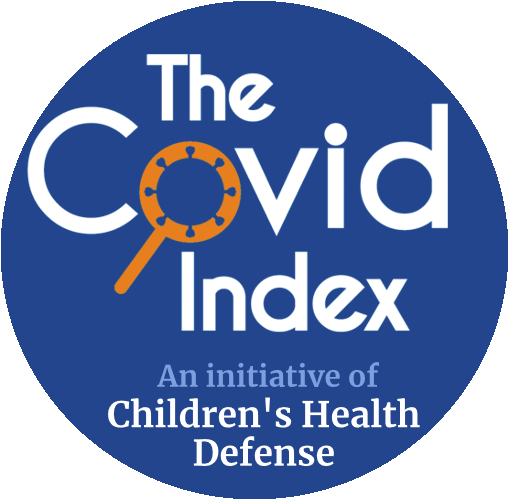"Abstract ...
Patients and methods: French Confirmed COVID-19 patients were included in a single arm protocol from early March to March 16th, to receive 600mg of hydroxychloroquine daily and their viral load in nasopharyngeal swabs was tested daily in a hospital setting. Depending on their clinical presentation, azithromycin was added to the treatment. Untreated patients from another center and cases refusing the protocol were included as negative controls. Presence and absence of virus at Day6-post inclusion was considered the end point ...
3. Results ...
3.3. Effect of hydroxychloroquine on viral load
The proportion of patients that had negative PCR results in nasopharyngeal samples significantly differed between treated patients and controls at days 3-4-5 and 6 post-inclusion (Table 2). At day 6 post-inclusion, 70% of hydroxychloroquine-treated patients were virologically cured compared to 12.5% in the control group (p= 0.001).
When comparing the effect of hydroxychloroquine treatment as a single drug and the effect of hydroxychloroquine and azithromycin in combination, the proportion of patients that had negative PCR results in nasopharyngeal samples was significantly different between the two groups at days 3-4-5 and 6 post-inclusion (Table 3). At day 6 post-inclusion, 100% of patients treated with a combination of hydroxychloroquine and azithromycin were virologically cured compared to 57.1% of patients treated with hydroxychloroquine only, and 12.5% in the control group (p<0.001)...
Discussion: For ethical reasons and because our first results are so significant and evident we decided to share our findings with the medical community, given the urgent need for an effective drug against SARS-CoV-2 in the current pandemic context. We show here that hydroxychloroquine is efficient in clearing viral nasopharyngeal carriage of SARS-CoV-2 in COVID-19 patients in only three to six days, in most patients. A significant difference was observed between hydroxychloroquine-treated patients and controls starting even from day 3 post-inclusion ...
Such results are promising and open the possibility of an international strategy to decision-makers to fight this emerging viral infection in real-time even if other strategies and research including vaccine development could be also effective, but only in the future. We therefore recommend that COVID-19 patients be treated with hydroxychloroquine and azithromycin to cure their infection and to limit the transmission of the virus to other people in order to curb the spread of COVID-19 in the world. Further works are also warranted to determine if these compounds could be useful as chemoprophylaxis to prevent the transmission of the virus, especially for healthcare workers."
© 2020 Published by Elsevier B.V.
Since January 2020 Elsevier has created a COVID-19 resource centre with free information in English and Mandarin on the novel coronavirus COVID-19. The COVID-19 resource centre is hosted on Elsevier Connect, the company's public news and information website. Elsevier hereby grants permission to make all its COVID-19-related research that is available on the COVID-19 resource centre - including this research content - immediately available in PubMed Central and other publicly funded repositories, such as the WHO COVID database with rights for unrestricted research re-use and analyses in any form or by any means with acknowledgement of the original source. These permissions are granted for free by Elsevier for as long as the COVID-19 resource centre remains active.
